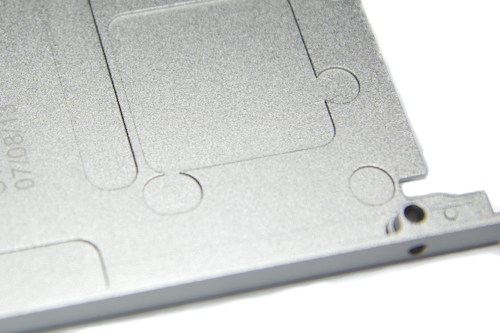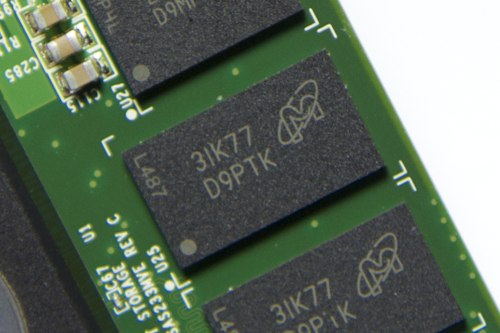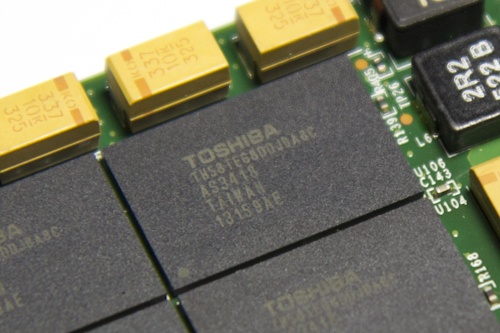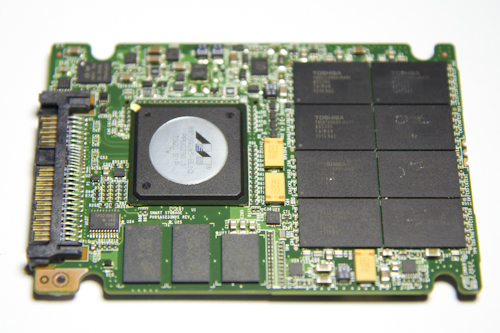SanDisk Optimus Eco SSD: A SAS Interface And Up To 2 TB Of Flash
Consolidation drastically changed the face of enterprise solid-state storage in 2013. One of the bigger moves was SanDisk's acquisition of SMART Storage Systems. Today, we're looking at the first branded SAS-based SSD to come from that purchase.
Under The Hood Of SanDisk's Optimus Eco
As mentioned, our review sample is dressed up in its SMART formal wear, while the final version will be decked out as a SanDisk-branded drive. The outer case is die cast aluminum that feels incredibly solid and should help dissipate heat from the components inside.
The chassis is etched so that the highest-power components can make what we think is direct contact. Thermal considerations like this are important in a device that draws upwards of 7 W, but is cooled passively. Interestingly, though, SanDisk doesn't use any interface material between the enclosure and the parts inside. Instead, it appears to rely on the compression force of the assembled SSD.
Looking at the top of the PCB, we see Marvell's controller, front and center. The 88SS9185-BLN2 is part of the very successful 88SS918x processor family. If you've already seen SanDisk's desktop-oriented Extreme II (SanDisk Extreme II SSD Review: Striking At The Heavy-Hitters), then you already know how fast this platform can be.
Next to the controller, you'll find three DDR3-1600 memory packages from Micron. The two larger ones offer 256 MB each, while the third hosts 128 MB. That gives this particular Optimus Eco 768 MB of DRAM cache.
Next, we encounter the 19 nm Toggle-mode MLC NAND sourced from Toshiba (TH58TEG8DDJBA8C). There are 16 total packages, eight on each side, hosting 32 GB each. That means the 400 GB drive actually has 512 GB of flash on-board. We can't say we're surprised; that's actually a pretty common degree of over-provisioning in the enterprise space.
On both sides of the PCB you see big yellow capacitors. Those help deliver power-loss protection. In the event of an outage, data in-flight is committed to non-volatile NAND so that no information is lost.
Get Tom's Hardware's best news and in-depth reviews, straight to your inbox.
Current page: Under The Hood Of SanDisk's Optimus Eco
Prev Page Meet SanDisk's Optimus Eco SSD, With Up To 2 TB Next Page SanDisk's Guardian Technology, Broken Down





